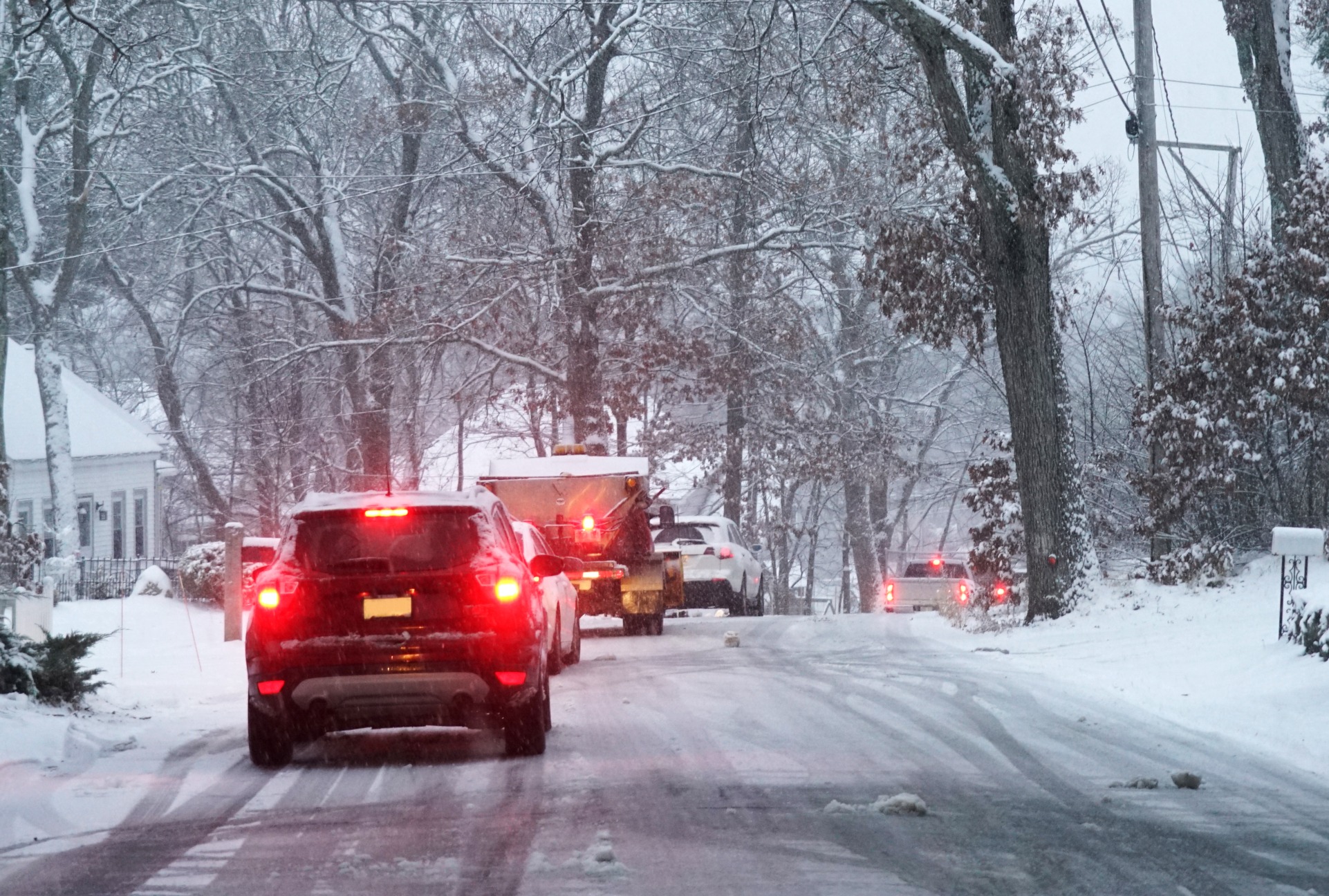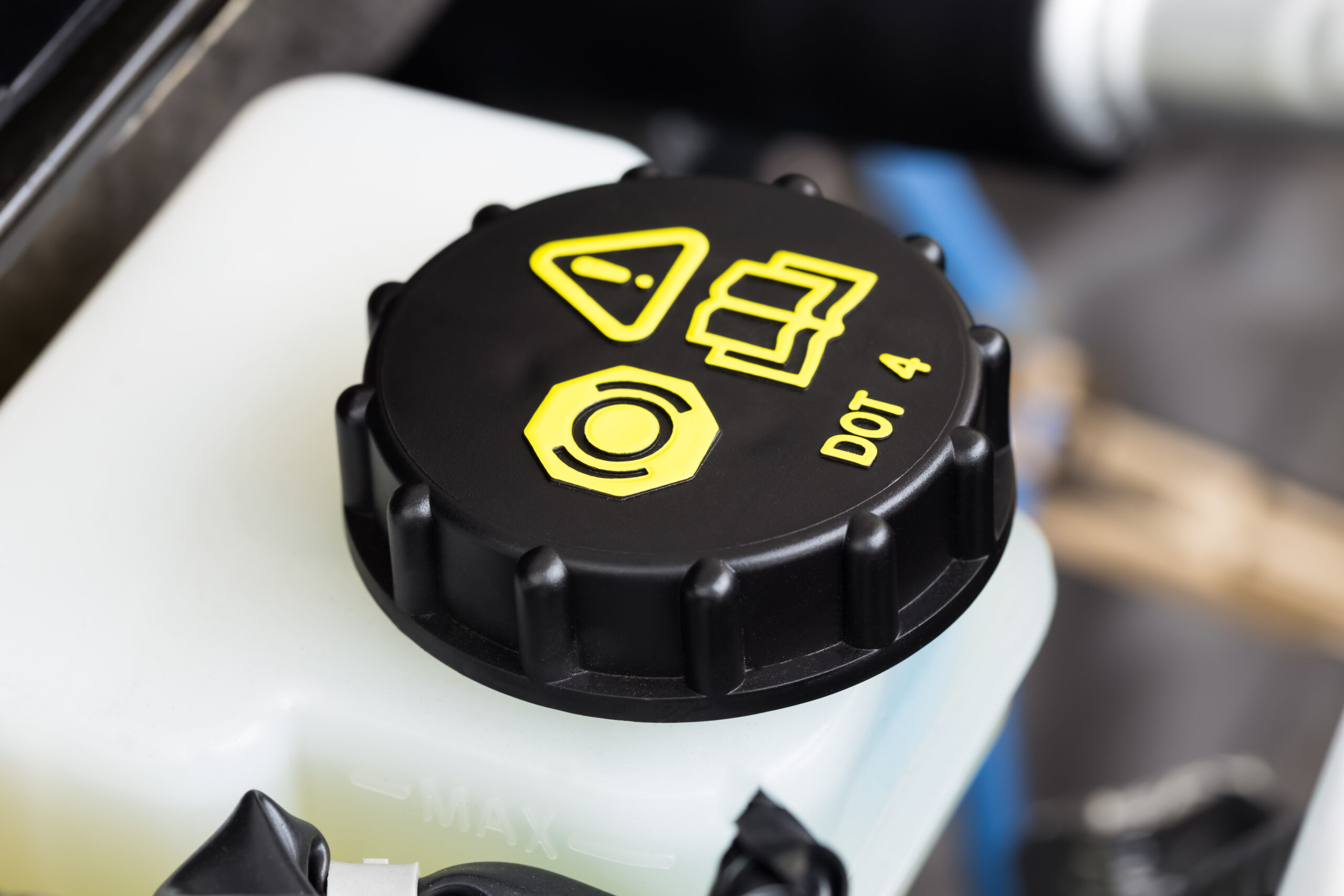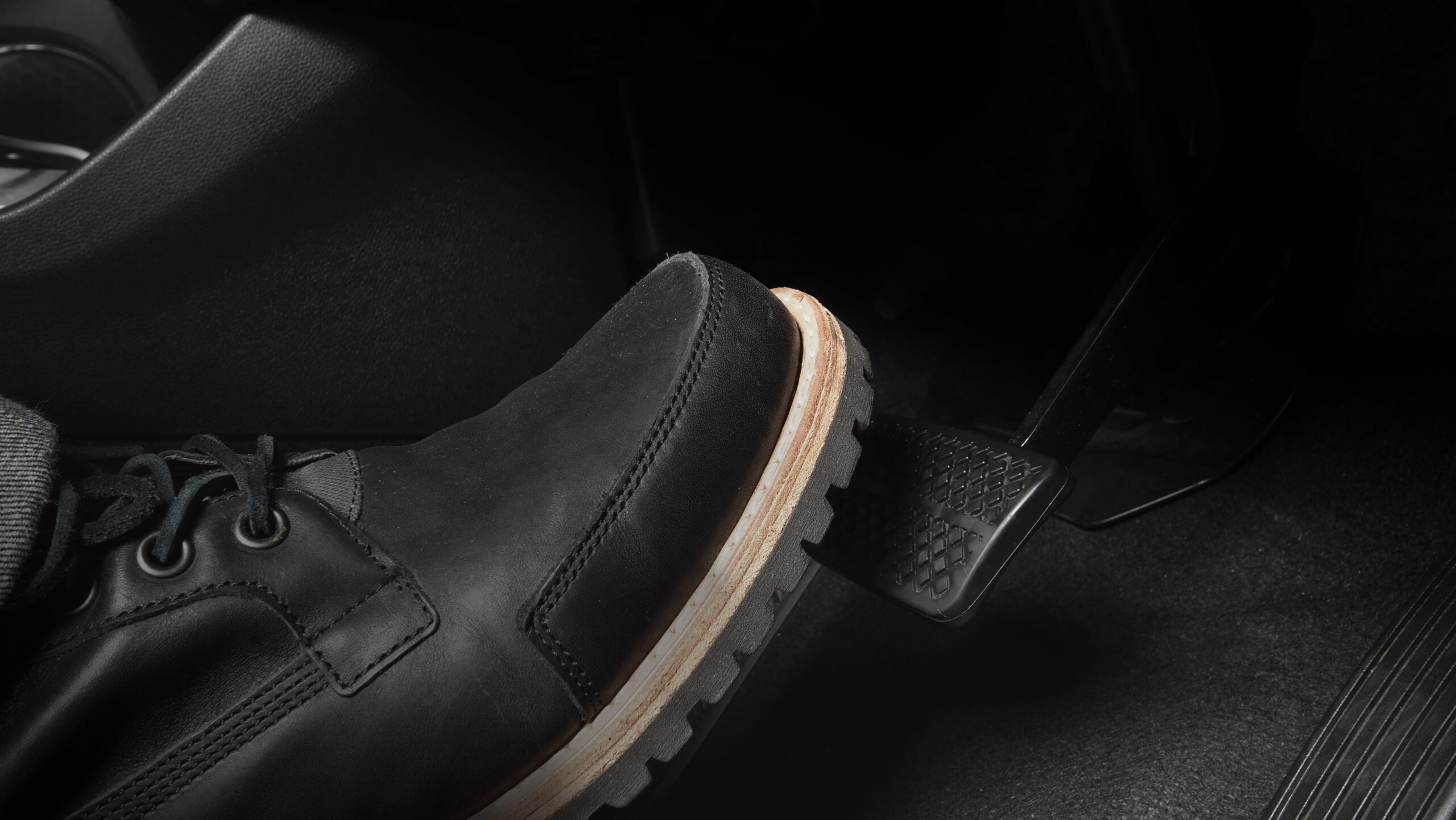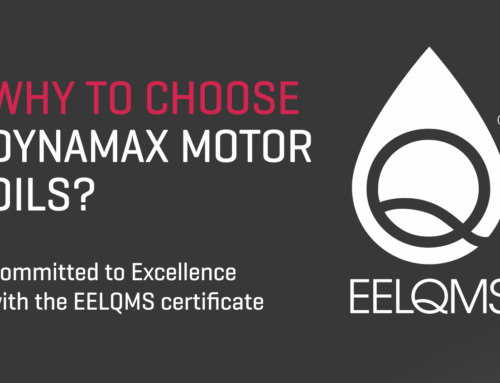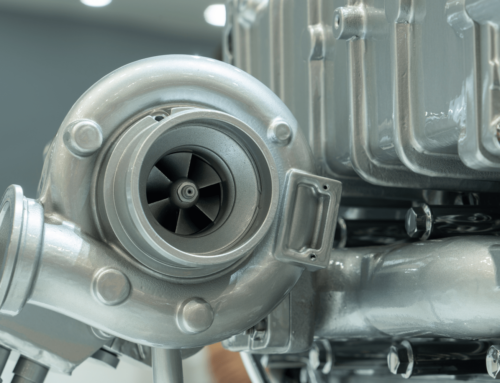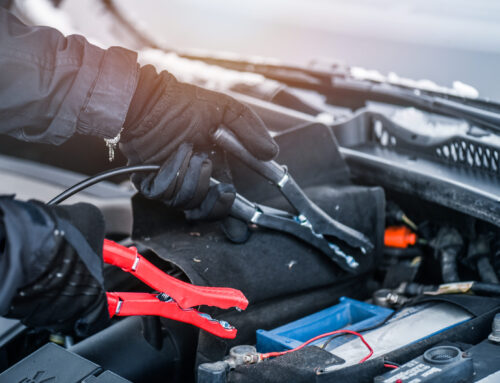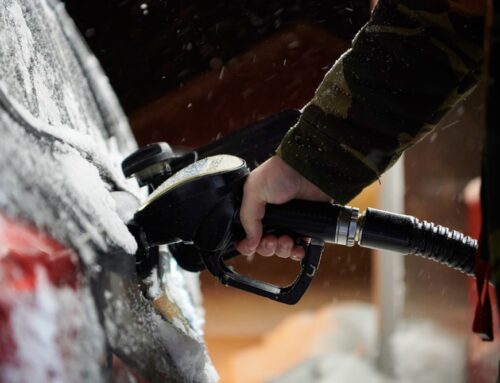Why are brake fluids not lifetime fills and when to replace them?
Brake fluid is one of the most important fluids in a vehicle. Its task is primarily to transmit the braking force from the brake pedal to the brakes themselves and ensure their functioning. It is a type of hydraulic fluid used in hydraulic brake and clutch applications in cars, motorcycles, trucks and some bicycles.
Basic properties of brake fluids
In general, brake fluids are hygroscopic, meaning they tend to absorb water and moisture. In order for the brake fluid to work properly, it must have a low viscosity and it is important that it maintains optimal values at very low and high temperatures. At the same time, it must have a high boiling point, as temperatures of more than 100 °C are reached in brake systems, as well as a low freezing point to ensure proper braking performance even at freezing temperatures.
Brake fluid must provide corrosion resistance to protect the metal components of the system. At the same time, it also acts as a lubricant, as brake cylinders, pistons and seals require constant lubrication to ensure their efficient operation.
And last but not least, the brake fluid must not be compressible. Otherwise, it would not be able to transmit the braking force effectively and the vehicle would cause unpredictable reactions when the brake pedal is pressed.
Classification by Department of Transport (DOT)
Brake fluids are basically divided into classes based on FMVSS DOT standards. You can most often meet these 4 types in today’s cars.
Brake fluid DOT 3
DOT 3 brake fluids are mainly used in older cars manufactured in the previous century. Their basic ingredient is glycol ether, which is highly hygroscopic. This means that it quickly binds water and loses its optimal properties. Dry boiling point of DOT 3 brake fluids moves at the level of min. 205 °C, wet values around 140 °C.
Brake fluid DOT 4
These brake fluids are also based on glycol ether. However, they contain additives that reduce water binding. Therefore, they also have a higher boiling point – dry min. 230 °C and wet 155 °C.
Did you know that DOT 4 brake fluids are the most common in modern cars? Their advantage is a favorable ratio of price and features. Our offer includes DYNAMAX 265 DOT4 0.5L brake fluid, which is also available in a 4-liter package.
Brake fluid DOT 5
DOT 5 brake fluids are based on silicone, which do not absorb water. On the one hand, this is an advantage, as the brake fluid does not degrade so quickly, but on the other hand, it is also a disadvantage. Due to the fact that water does not mix with brake fluid, it can act more aggressively on metal parts and cause corrosion. The dry boiling point is at the level of min. 260 °C, wet 180 °C.
Brake fluid DOT 5.1
The main component of this brake fluid is glycol ether. The advantage compared to DOT 4 is the additional additives to improve the properties. Thanks to them, the dry and wet boiling points are reached as in the case of DOT 5 brake fluids: min. 260, respectively 180 °C.
Remember: SAE J1703, J1704 and J1705 and ISO 4925 classes 3, 4, 5 and 5.1 are also used to classify brake fluids.
Important specifications
The following key indicators indicate the quality of the brake fluid:
- Dry Equilibrium Reflux Boiling Point: the temperature of the boiling point when the liquid is completely new, without absorption of moisture, impurities or water.
- Wet Equilibrium Reflux Boiling Point: the boiling point of a liquid that has 3.7% water by volume, usually after 1-2 years of using the liquid. The higher the boiling point remains, the better.
- Viscosity: the basic property to express the flow characteristics of the brake fluid. The higher the value, the more difficult it is for the liquid to flow. Fluids must meet SAE specifications for maximum viscosity at -40 degrees Celsius and minimum viscosity at 100 degrees Celsius.
- pH value: value to express the acidity/alkalinity of a solution. If the pH value is lower than 7.0 (acidic), the fluid can accelerate corrosion of other brake components.
Mixing 2 different brake fluids
Brake fluids DOT 3, DOT 4 and DOT 5.1 on a synthetic glycol ether base are mutually miscible, but one important rule must be observed. You can only pour a liquid with a higher DOT number into a liquid with a lower DOT number, otherwise it will cause the boiling point to decrease and the overall performance of the liquid to decrease.
Example: If you have DOT 3 fluid in your brake system, you can only mix it with DOT 4 or DOT 5.1 fluid.
The exception is brake fluid DOT 5, the main component of which is not glycol ether, but silicone. Because of this, you cannot mix it with brake fluids of other DOT classes.
However, mixing brake fluids is generally not recommended, except in an emergency, as adding new brake fluid to old brake fluid potentially mixes water-absorbed fluid with the new product, reducing its effectiveness and lifespan.
Brake fluid change
Vehicle manufacturers set recommended change intervals. Adherence to these recommendations ensures safety and optimal function of the brake system.
As the brake fluid absorbs water and dirt over time, its boiling point gradually decreases. In case of sharper or longer-lasting braking, it starts to boil easily, bubbles start forming, becomes compressible and the braking effect decreases.
The change interval may vary depending on the vehicle manufacturer, model and local conditions. In general, Brake fluids should be changed approximately every 2 years, or every 40,000 to 60,000 km. A special device is used to check the condition of the brake fluid, which measures its boiling point. If it is already below the critical value, the service technician will recommend its replacement.

